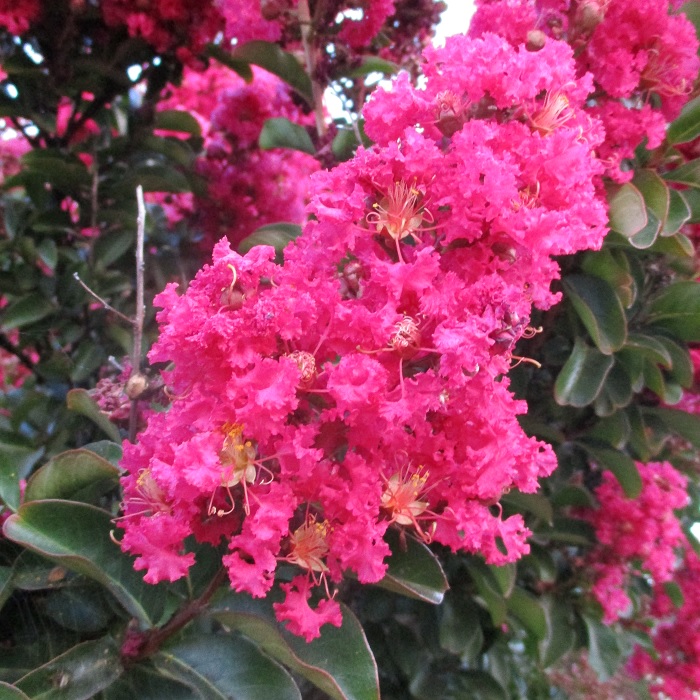UNITED STATES—There are certain disadvantages to gardening in such a perfect climate. We can not grow things that require significant chilling in winter. Nor can we grow things that require prolonged heat in summer. Seasons change so gently that it is easy to get behind schedule. It is already late summer, whether it seems like it or not. What we do not do in the garden is as important as what we do.
Plants know what time it is. Almost all are slowing down significantly. Many natives do almost all of their growth in spring, and then spend the later half of summer just getting ready for autumn. By now, the buds of deciduous trees like sycamore, oak and willow are already getting plump, even though they will not do anything until the end of winter. Non native plants will not be too far behind.
Evergreen plants that get pruned or shorn a few times through summer might need to be pruned or shorn one last time. If not done now, it probably should not be done any later. They need a bit of time to recover and regenerate a little bit of new growth prior to autumn. Otherwise, the exposed inner growth will stay exposed, and get worn by the weather as summer progresses into autumn.
Some plants need a bit more time for new growth to mature than others do. Privet hedges for example, are quite tough, and do not seem to mind getting shorn at any time. New growth of holly, pittosporum and photinia gets stunted and discolored if still trying to grow as the weather gets too cool for it to continue. With enough time, new growth starts, and then ‘hardens off’ before autumn.
Like pruning, fertilizer promotes new growth, so should likewise not be applied too late. One last application of fertilizer can improve the color of citrus foliage before winter. Greener lemon and lime foliage tends to be more resilient to frost. Iron is particularly helpful for foliage, and is less likely than complete fertilizers are to stimulate new growth that will be sensitive to frost later in winter.
Highlight: crape myrtle
There seems to be some discrepancy about the correct spelling of crape myrtle, Lagerstroemia indica. Many of us spell it as ‘crepe’ myrtle, thinking that crepe is the thin colorful paper that the flowers resemble. It is actually a rolled up thin French pancake. The thin paper is actually spelled as ‘crape.’ Of course those of us who dislike the commonness of crape myrtle might omit the ‘e.’
There is plenty for horticultural professionals to dislike about crape myrtle. It is remarkably complaisant, and proportionate to small urban gardens. Consequently, it very often gets planted even where other trees would be more practical or proportionate. It is the most common street tree because it so rarely damages curbs or sidewalks, but does not get big enough to shade the street.
The biggest varieties do not get much more than 20 feet tall, so work well in utility easements. Trees might be on a single straight trunk where space is limited, or to display the appealingly mottled bark, they might have multiple trunks. The billowy white, pink, red or mauve blooms are spectacular in late summer. The deciduous foliage can get quite yellow, orange or red in autumn. Hard pruning in winter improves late summer bloom and autumn color.






